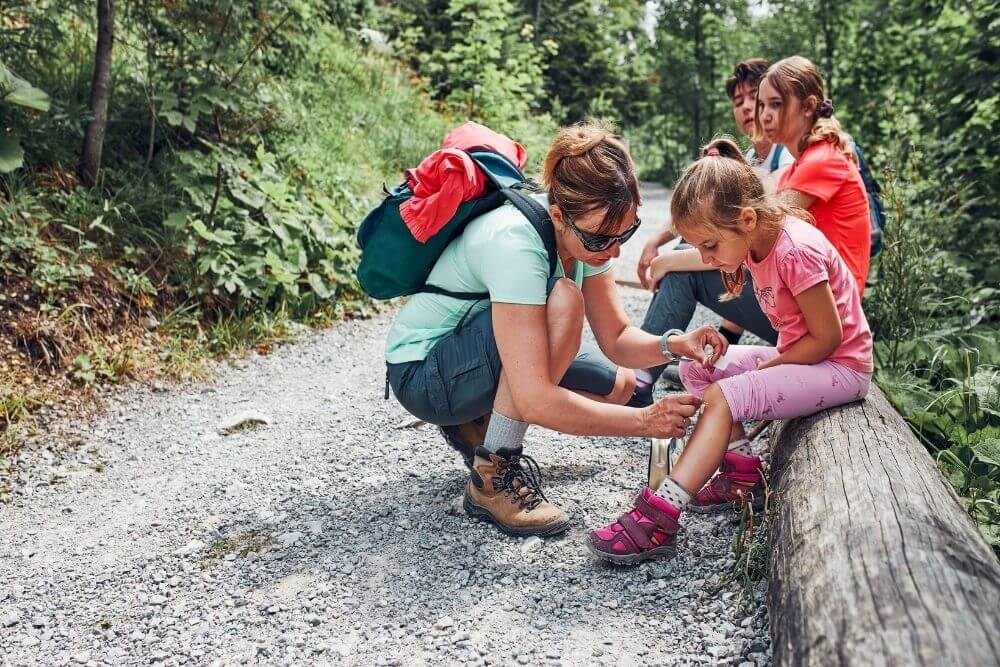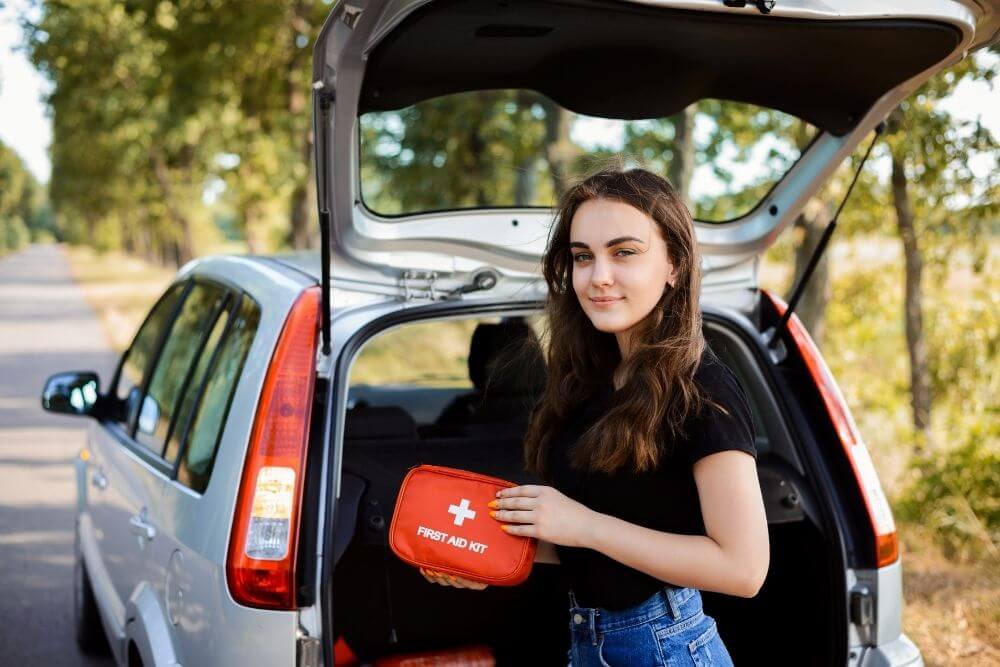Outdoor Recreation First Aid Must-Haves
If you’re headed to the great outdoors, it's best to be prepared. Accidents can happen during even the tamest of outdoor adventures, so save your family any unnecessary stress by carrying a basic first aid kit. Wound closure, sterilization, bite and sting treatment, and pain relief supplies will ensure that your outdoor recreation goes uninterrupted, while also preventing nasty infections down the road. Without access to your medicine cabinet or the neighborhood pharmacy, just a few basic supplies - as well as a good understanding of how to use them - are total necessities. By the end of this article, you’ll have a good idea of which items to add to your outdoor first aid kit.
Wound Closure and Treatment
Minor cuts, scrapes, puncture wounds, burns, and blisters are just the kind of frequent discomforts most hikers and other outdoor enthusiasts learn to live with. However, improper treatment or neglect of such minor mishaps can lead to worsened injuries and potentially life-threatening infections if not properly addressed. That’s why we suggest packing your outdoor first aid kit with:
- Gauze pads of various sizes
- Sterile pads
- Hydrogel pads
- Medical tape
- Scissors
- Safety pins
- Tweezers
- Antiseptic wipes or cream
- Cotton swabs
- Hand sanitizer
- Gloves
- Bacitracin or other antibacterial ointments
- Bandages
Believe it or not, you can fit everything you’d need in a basic first aid kit in a small, portable bag that will fit your backpack with plenty of room to spare. One of the best ways to ensure that you can treat cuts, tears, punctures, and lacerations is with microMend wound closure. microMend allows you to treat a variety of skin injuries - as simple to apply as a bandaid, yet as effective as getting stitches. This wound closure alternative is highly portable, customizable in size and application, painless, simple, and leaves behind no scarring. Just thoroughly sterilize, cleanse, dry the site and go!
Strains and Sprains
Another occasional mishap while adventuring in the great outdoors involves musculoskeletal injuries. Collisions, falls, bumps, strained muscles, and sprained ankles are just a few of the more frequent offenders. Depending on the severity of the injury, your best option may be to treat it and then seek medical attention. Other times, you can treat it and carry on with your day. Regardless, here are a few more items that are must-haves for an outdoor first aid kit:
- SAM splints
- Rolled gauze
- Elastic wrap
- Stretch to conform bandaging
- Ibuprofen or other pain relief/anti-inflammatory
- Cold compresses
All of the above items go far in ensuring that the site of injury is stabilized and protected from further risk, while also providing ease of pain and discomfort.
Bug Bites and Sting Relief
Sharing the outdoors with bugs and other critters means that bites and stings will happen. Most of the time, these incidents are minor - just keep some insect repellent and anti-itch cream in your first aid kit and you will be largely covered. However, if there is anyone in your party who may have an allergy to bees or other stings, carrying Epipens, antihistamines, and other allergen response medications is critical.
Occasionally, very aggressive bites and stings may lead to open sores, particularly in children and other individuals who may obsessively scratch or pick at minor wounds. In these cases, it is important to treat the wound just like any other skin wound. Properly disinfect, cleanse, dry, and treat the site. Then, cover it with a microMend wound closure device, and if desired, another wrap of bandaging on top to secure the site from anxious fingers.
Other Treatments
In addition to the above-recommended outdoor recreation first aid kit items, make sure that your kit accounts for all the personal or seasonal needs of your group and activities. This can include:
- Sunscreen and aloe gel
- Emergency thermal blankets
- Eye drops
- Antacids and antidiarrheals
- Rehydration tablets
- Cough drops
- Personal medications
- And, of course, ample water and high nutrient snacks such as rations or protein bars
Finally, make sure that you understand how to use each item in your first aid kit. It is highly recommended that at least one person in a family or group be trained in basic first aid. Watch videos to refresh your familiarity with basic sterilization and wound closure skills. Check that your kit is complete and contains no expired items prior to each recreational outing. You’ll want to ensure that your kit is contained in a sturdy, waterproof bag or container that can easily be transferred from one backpack to another.
Conclusion
With a little foresight you can ensure that on every adventure you embark on, whether hiking, biking, hunting, kayaking, or climbing, you are prepared. Preparedness goes a long way in preventing the worst of injuries from occurring. Even when an accident happens, you can rest assured knowing that you have the basic tools needed for wound closure, bite and sting treatment, pain relief, and more. Visit our FAQ section to learn more about how to incorporate microMend into your outdoor first aid kit.



